The intent of this blog is to explain in more detail the design process of the WaterBall. Two design iterations were done, the first WaterBall prototype (referred to as WaterBall 1.0 for this post) was created and taken to Haiti for testing. A second prototype (WaterBall 2.0) was developed based on changes desired after field testing. The driving factors behind redesigning the WaterBall were cost and size, WaterStep sought to decrease manufacture cost while also decreasing the size for the sake of shipping and handling while in use. We wanted a product that not only help women and children transport water, but a product that would help them transport water more efficiently. Below is a chart that highlights some of the main differences between the two designs.
| Component | WaterBall 1.0 | WaterBall 2.0 |
| Diameter (inches) | 24 | 17 |
| Volume (gallons) | 30 | 12.5 |
| Water Mass when full (lbs) | 240 | 100 |
| Height | 4′ 6″ | 4′ |
| Cap | Narrow Fitting | Wide Fitting |
| Mold Style | Injection | Rotomold |
Shipping Impact– To fit a standard 60” (20” x 20” x 20”) shipping container, the radius of the ball was changed from 24” to 17”. Along with a handle that can be broken down and assembled in country, this allows containment goals to be met.
Mass & Volume Impact– In order to meet the abilities of women and girls, who are often undernourished and of small frame, the WaterBall needs to be relatively light weight. When testing Design 1 it was determined that the WaterBall was too massive for target users. Keeping this in mind, designers controlled the maximum allowed volume and mass for the ball using diameter. See the formulas and conversions below.
V = 4/3πr3 1 in3 = 230 gal.
Height (Handle) Impact – As mentioned above, women and girls tend to be of small frame in the developing world. This means that a four and a half foot tall WaterBall was not user friendly for them. By shortening the handle by just six inches the Waterball became much more functional for them. It was also designed in segments that can be broken down into less than 20” segments to fit the desired shipping dimensions.
Cap – While testing in the field, users noted that the cap was rather narrow for filling the ball with water, and had interior threaded fitting prone to collecting dirt and fouling the water as it enters the ball. To remedy this, WaterBall 2.0 has a 2” diameter fitting with exterior threads on the fitting. The cap was also replaced from a “heavy duty” to a less costly version that will be easier to replace in country.
Cost – In addition to the above changes, a lowering the cost of the WaterBall manufacture was also desired. For the most part each change in design contributes to lowering the cost of the WaterBall, but switching the design to rotomold and investing in a mold specifically created for the ball part of the WaterBall allows a significant cost decrease from WaterBall 1.0 to WaterBall 2.0. By streamlining this part of the manufacture process WaterStep will invest money up front to cover overhead costs so that in the future manufacture per ball is significantly decreased, with total cost over time being less in the end.





